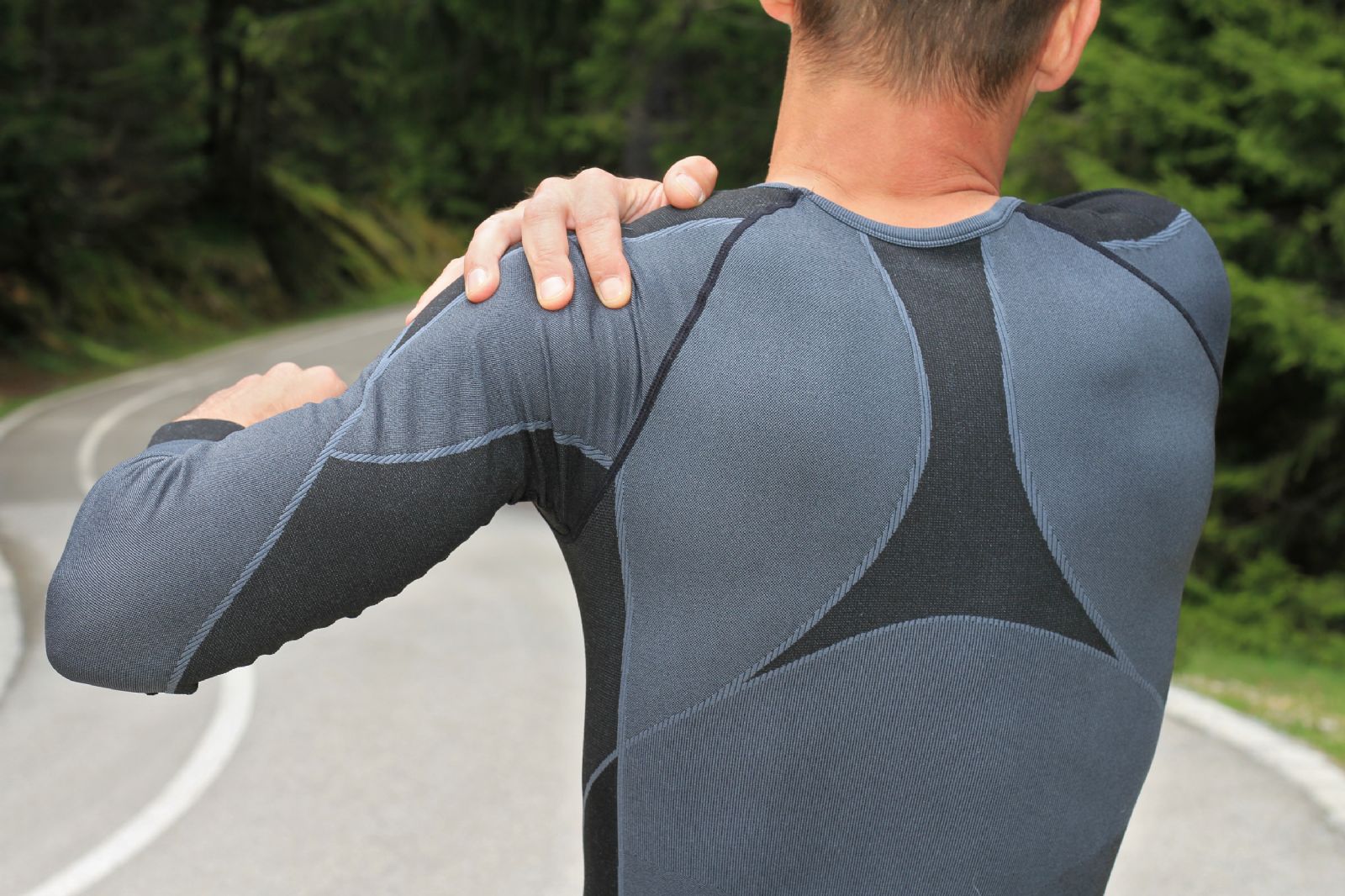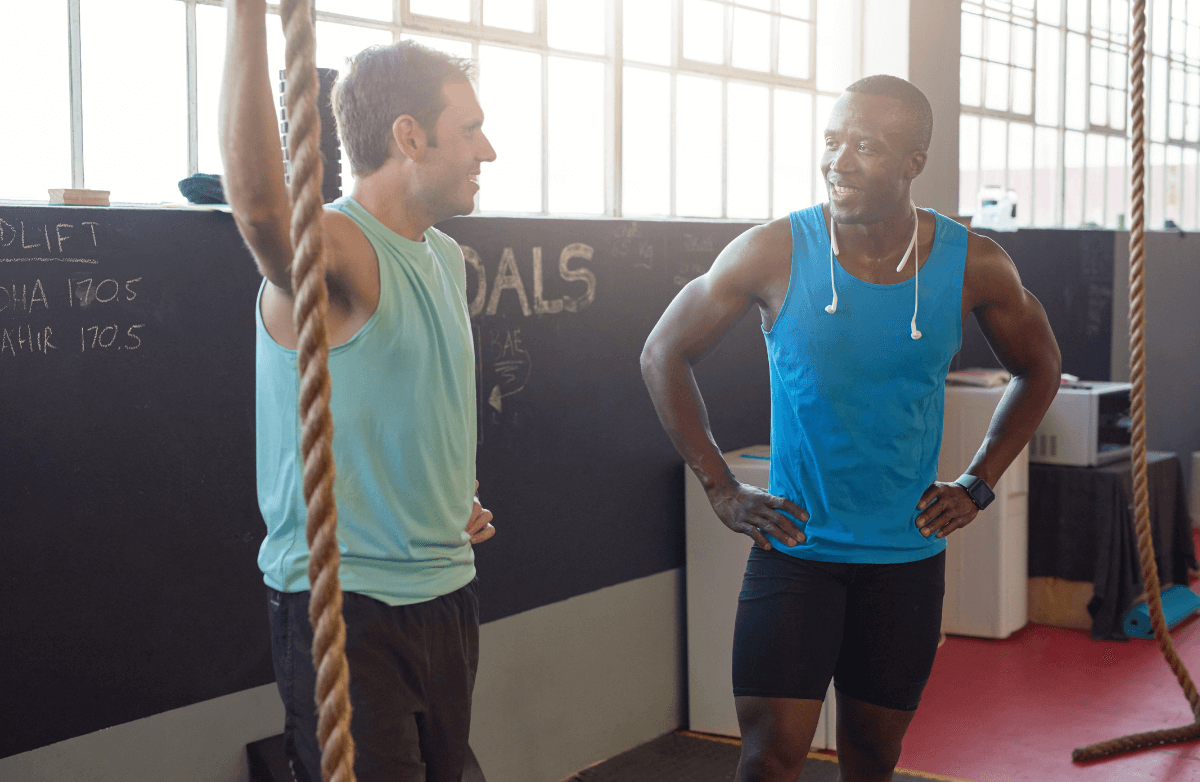Am I doing this right? Should my back be straight? Should my knees be bent?
If you don't have a personal trainer guiding you through each move, it can be tough to know whether you're performing exercises correctly. And there's more at stake than just your pride—using improper technique can lead to injury and unwanted downtime, derailing your progress.
As a certified trainer and founder of
Squats
The Right Way
When squatting, you want your
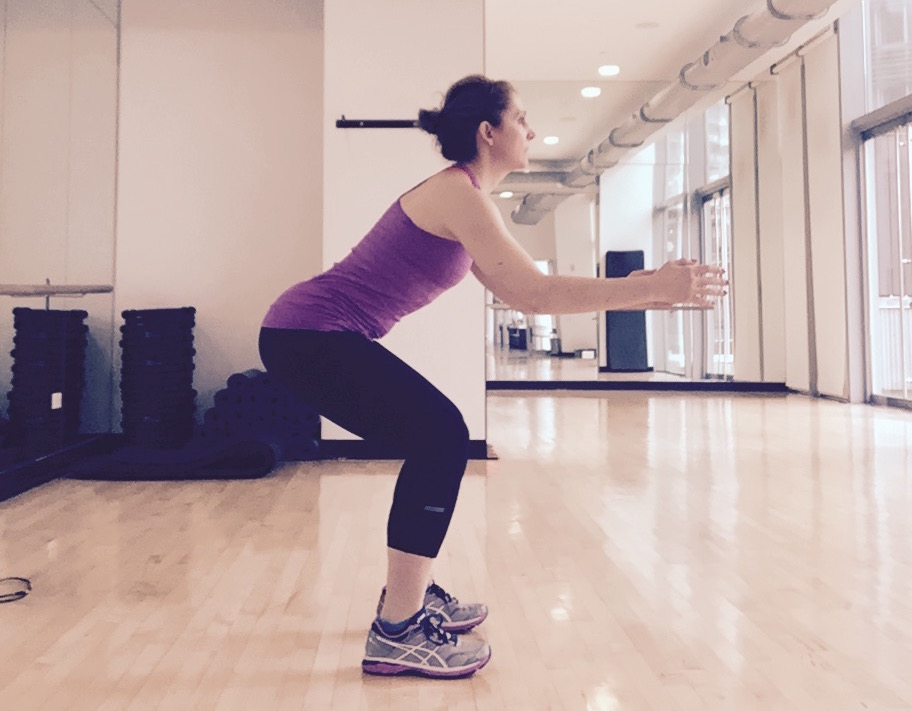
The Wrong Way
Avoid going straight down into your squat, as this forces your knees to push out in front of your ankles and puts pressure on the patella, creating unnecessary pressure on the knee joint. This position also doesn't allow you to recruit the gluteal muscles. You are mostly engaging the anterior tibialis and not much of anything else. Instead of keeping your back straight, focus on sending your tail back and your torso tilted slightly forward.
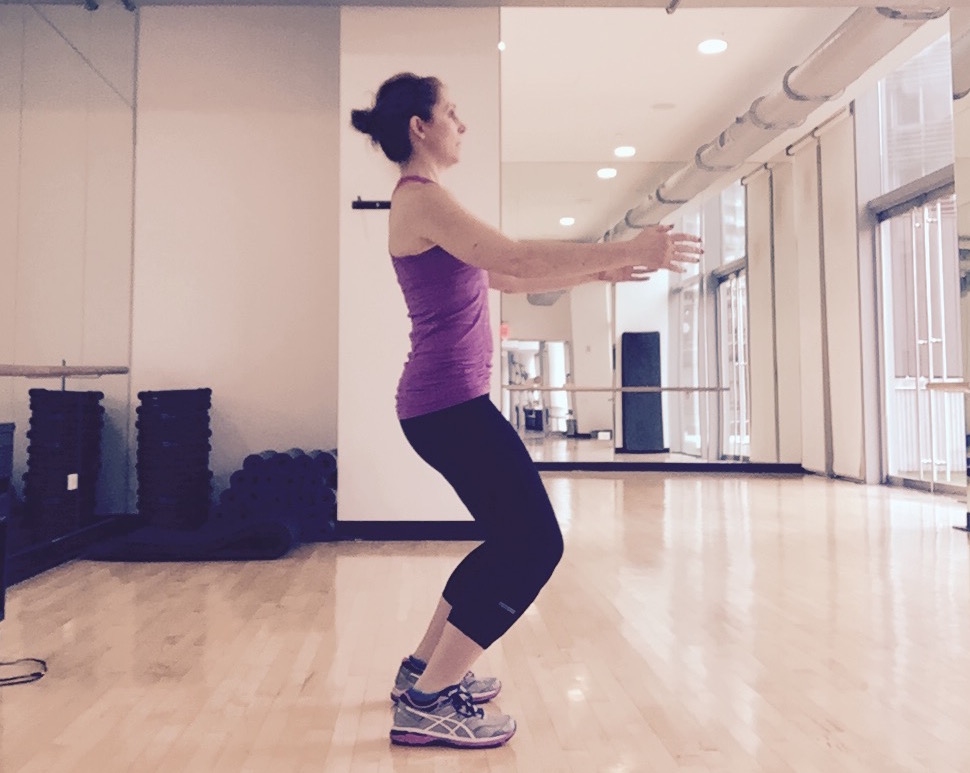
Pushups
The Right Way
When doing a proper
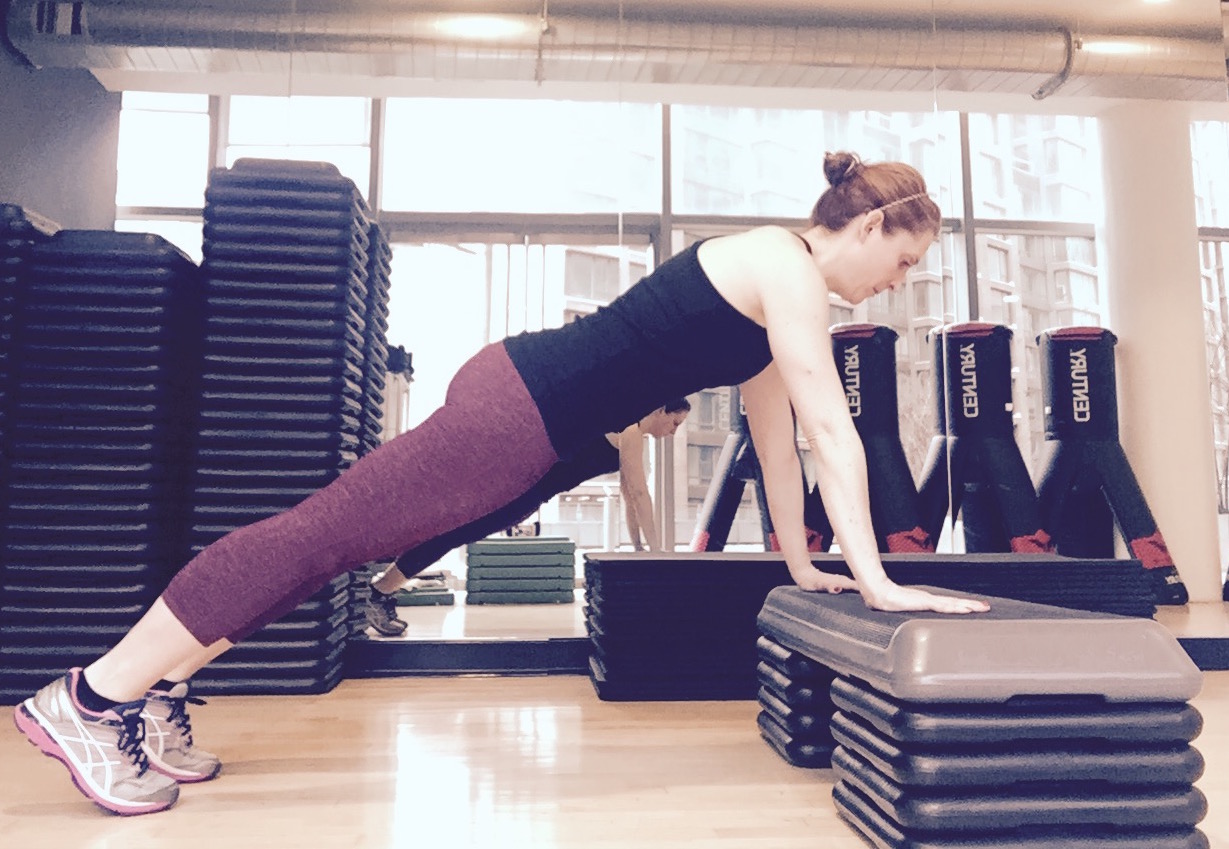
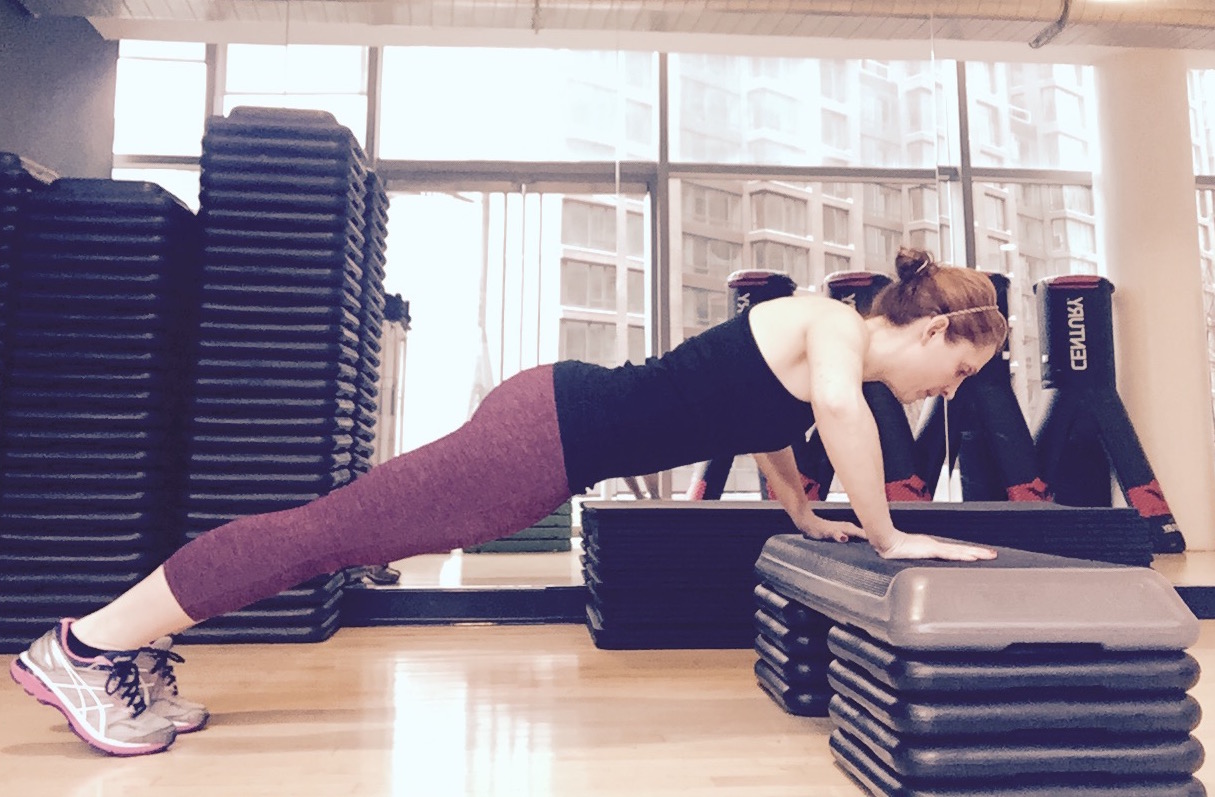
The Wrong Way
If the arms are not underneath the shoulders, the elbow and shoulder joints have a limited range of motion, causing stress and strain. If the back is sagging or arching, caused from a lack of engagement in the abdominals or an overall upper-body weakness, modify the pushup by resting your knees on the floor.
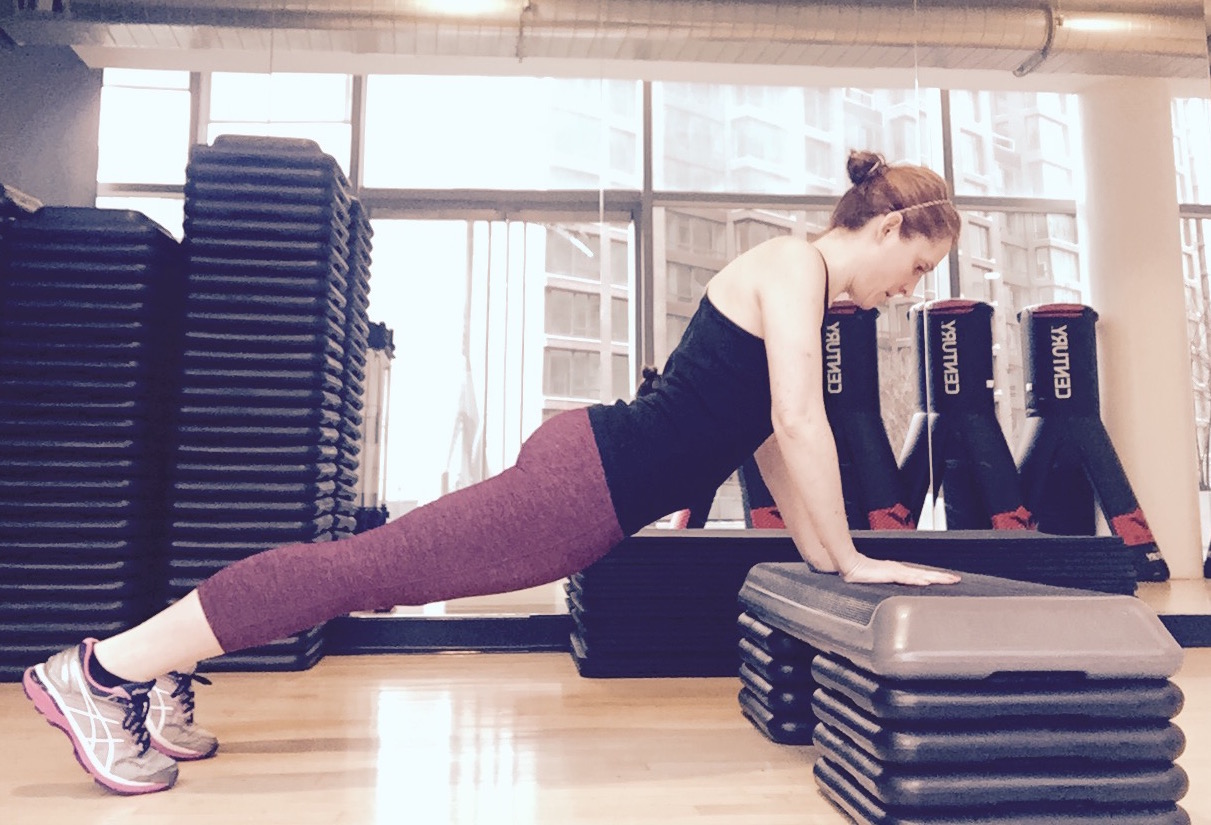
Russian Twist
The Right Way
The hips and knees are flexed and you are resting on your sitting bones, hinging back slightly at a 45-degree angle. The chest is open and the abdominals are concave. The neck is long. As you twist, open the chest and lengthen the lower back.
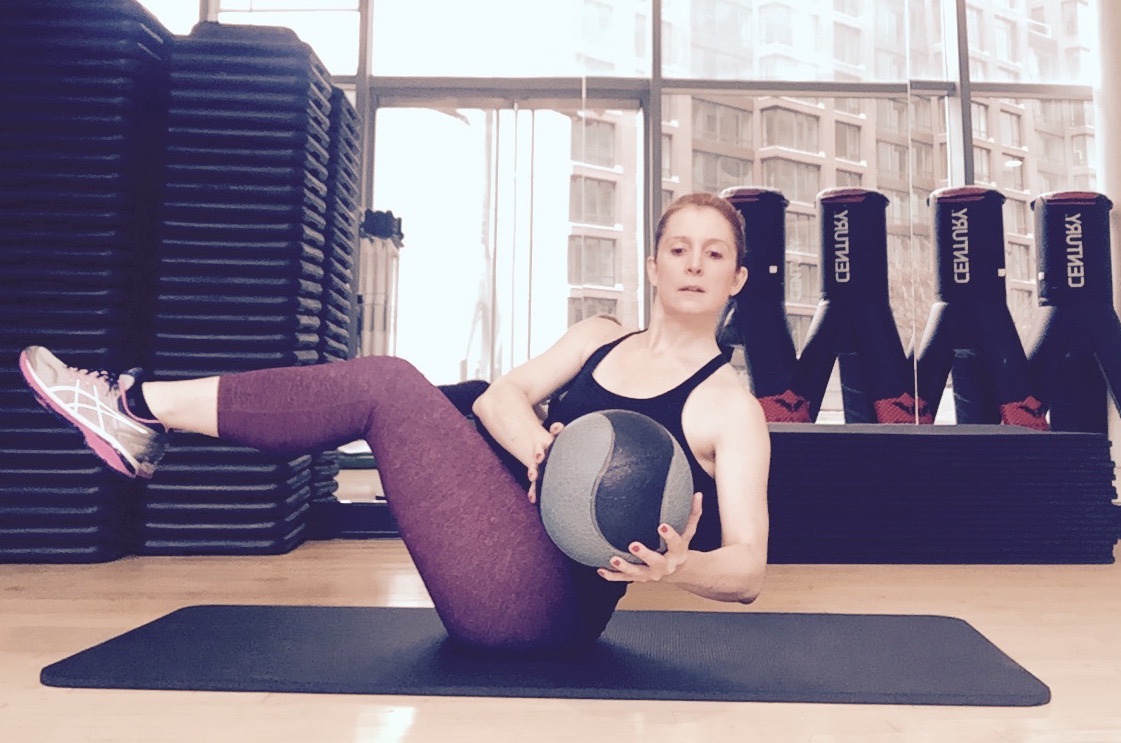
The Wrong Way
Do not hunch in a Russian twist, as this causes unnecessary stress on the lumbar spine and neck. If your legs are too far away from you, the hip flexors have to turn on to find balance. This is an exercise for the abdominals, not the hip flexors.
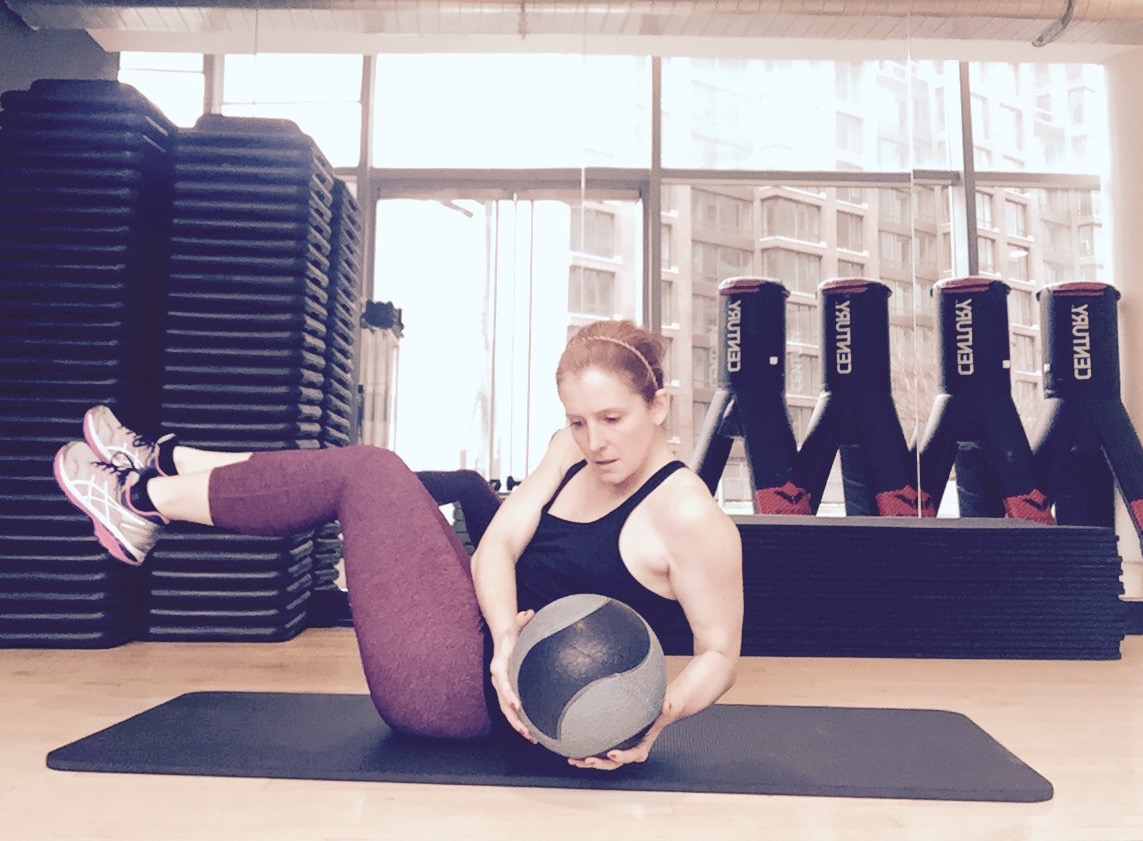
Forearm Plank
The Right Way
When doing a forearm plank, make sure the elbows are under the shoulders and the forearms are parallel to one another. Place your hands flat on the floor with fingers spread. Engage the quadriceps, lengthen through the knees and lift the abdominals up toward the lumbar spine. Look between your thumbs, keeping your neck long.
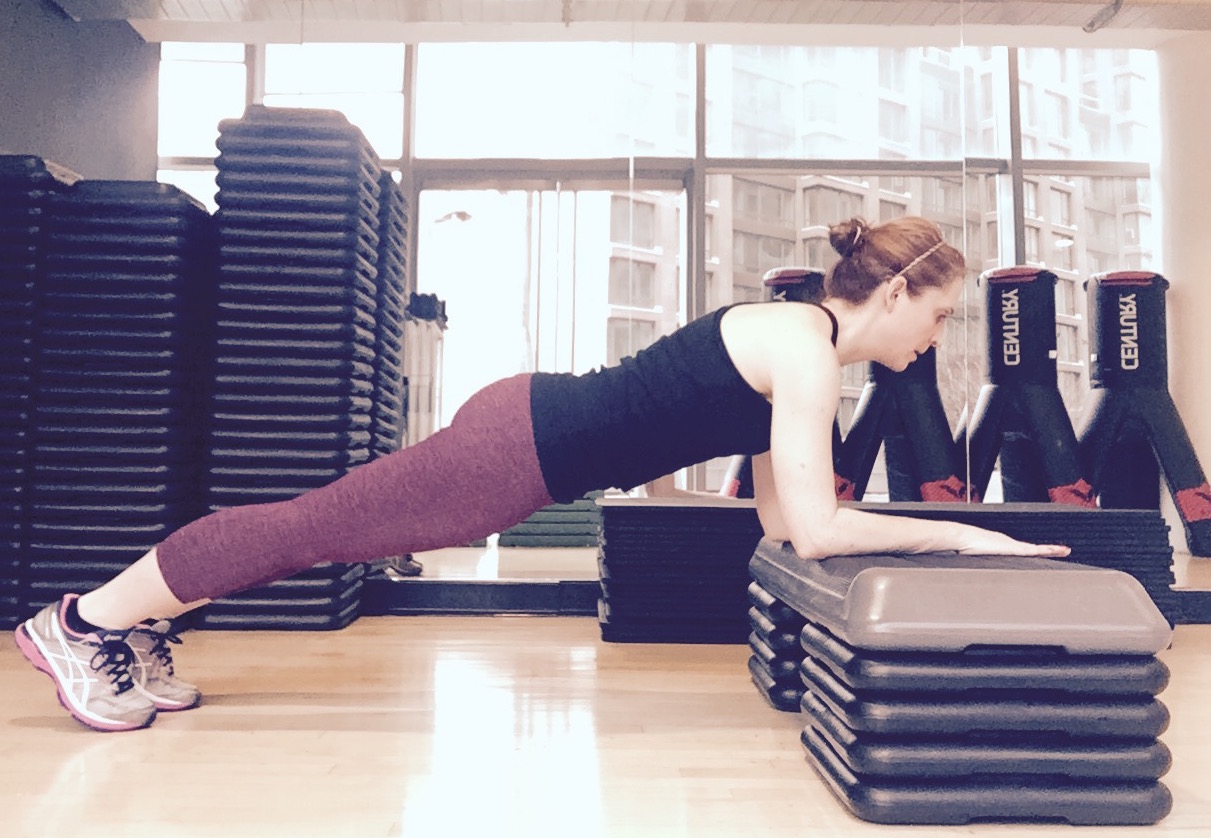
The Wrong Way
Don't make a triangle with your elbows or clench your fists, as this creates a muscular assist to the abdominals, which takes away from your work. To avoid shortening the cervical spine and crunching the neck, do not look out and up.
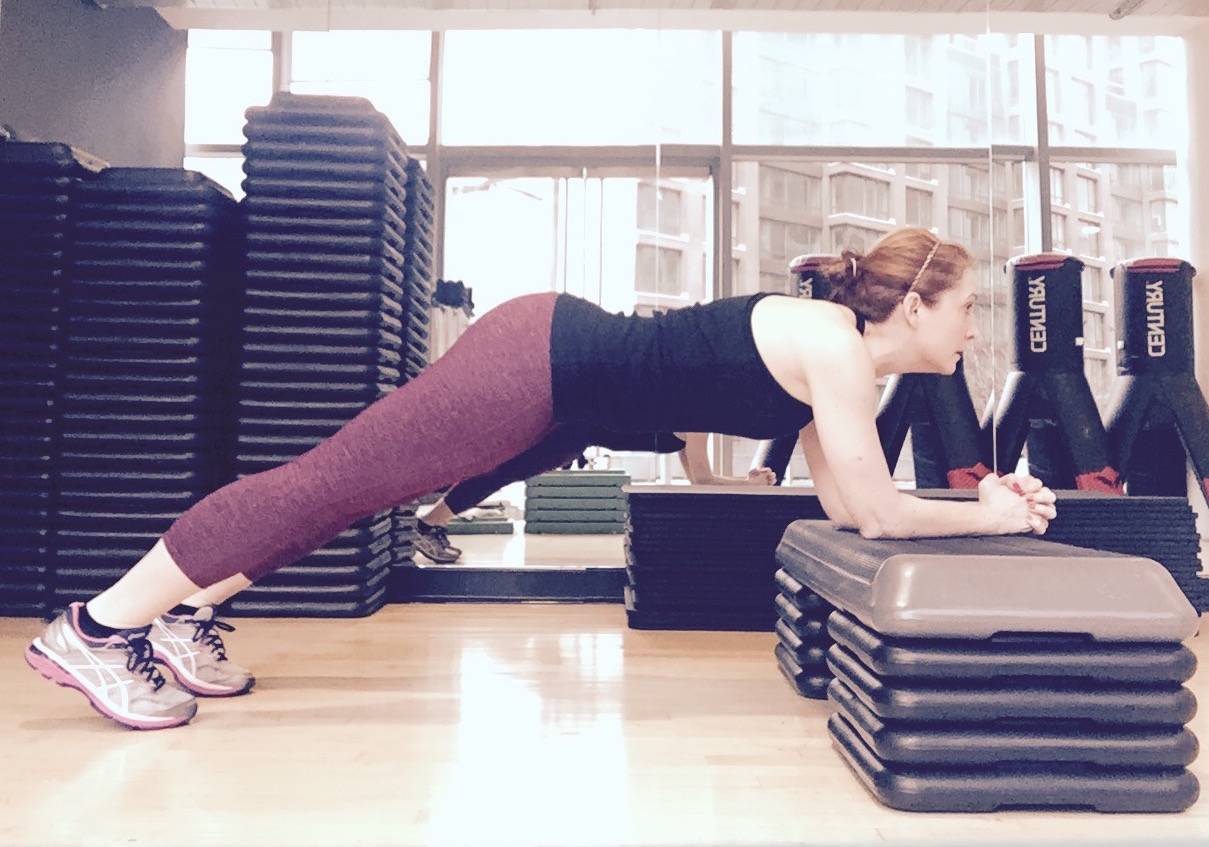
Full Side Plank
The Right Way
This exercise targets the latissimus dorsi and obliques. The correct way to accomplish this move is by balancing on your hand and the side of your feet while making sure your body is in a perfectly flat and straight line, without leaning forward or back. In perfect form, you should feel as though your body were flat against a wall.
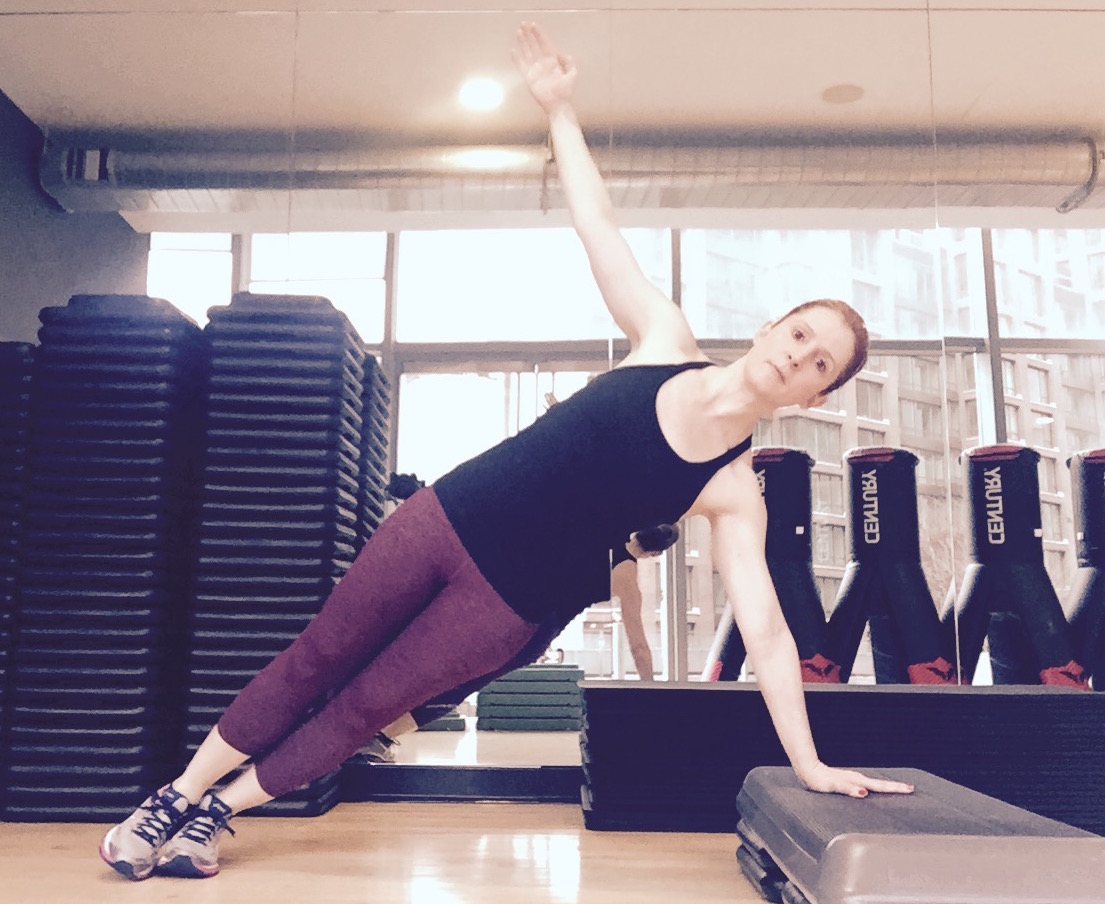
The Wrong Way
When you are in this position and you are tipping either forward or back, it not only counteracts the action of working the lats and obliques, but it also puts your lower back at risk.
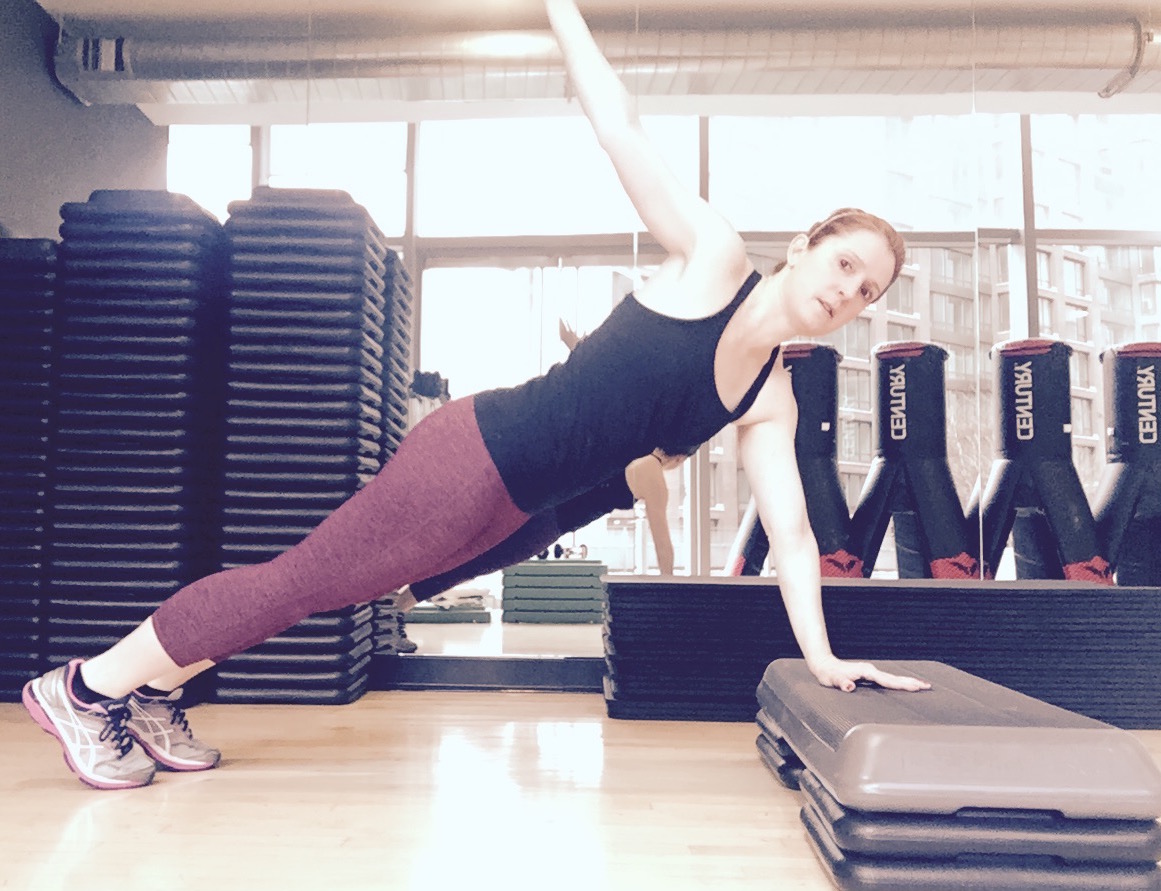
Step-Ups with Weights
The Right Way
When stepping up with weights, your arms should hang directly down by your sides with your back erect and shoulders relaxed. The knee tracks directly over the ankle and the gluteus muscle, as the quadriceps of the stepping leg engages to launch onto the step.
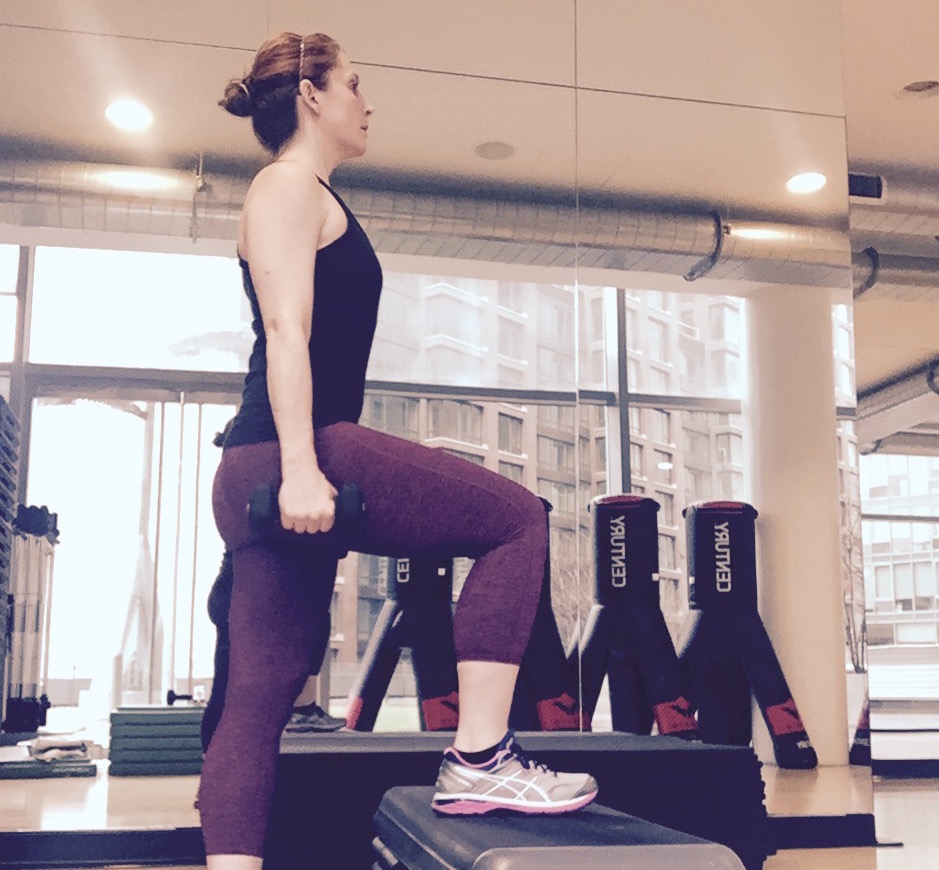
The Wrong Way
If you use the dumbbells as momentum to get up onto the step, you are minimizing the lower body recruitment. Do not allow your knee to pronate (roll inward) or supinate (roll outward), and do not lean your torso forward to place unnecessary pressure on the knee cap.
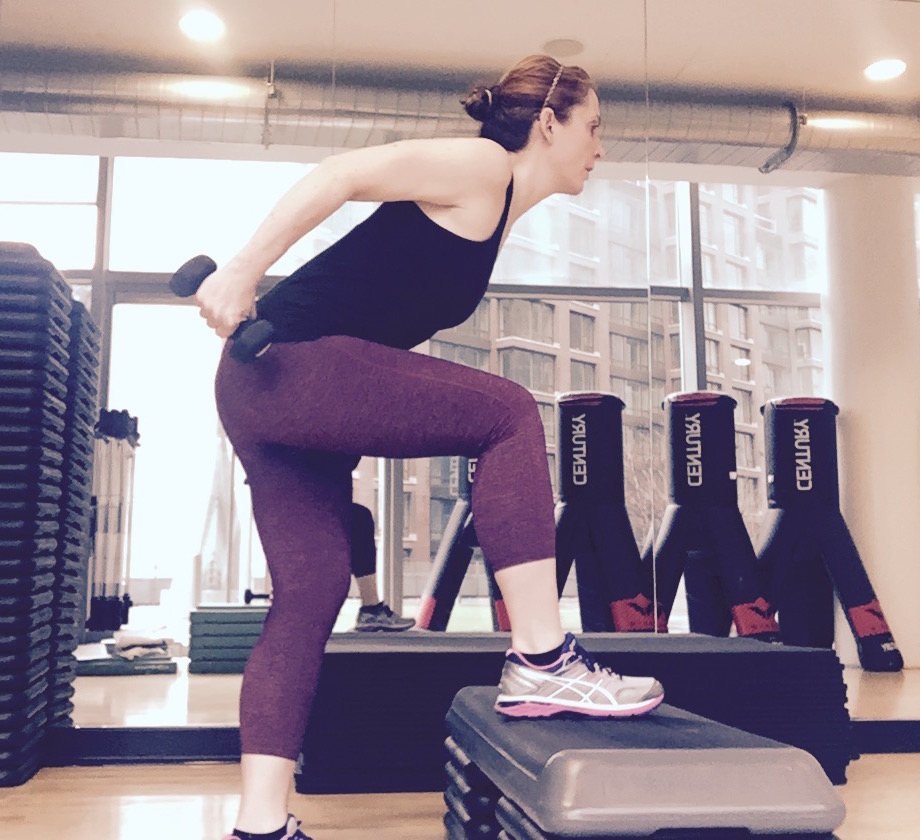
Mountain Climber
The Right Way
Start in a full plank position and move alternating knees into the chest, placing one with the other. The hip flexors and abdominals should bring the femur in and out, while the supporting leg maintains the same position. The back stays flat, parallel to the floor.
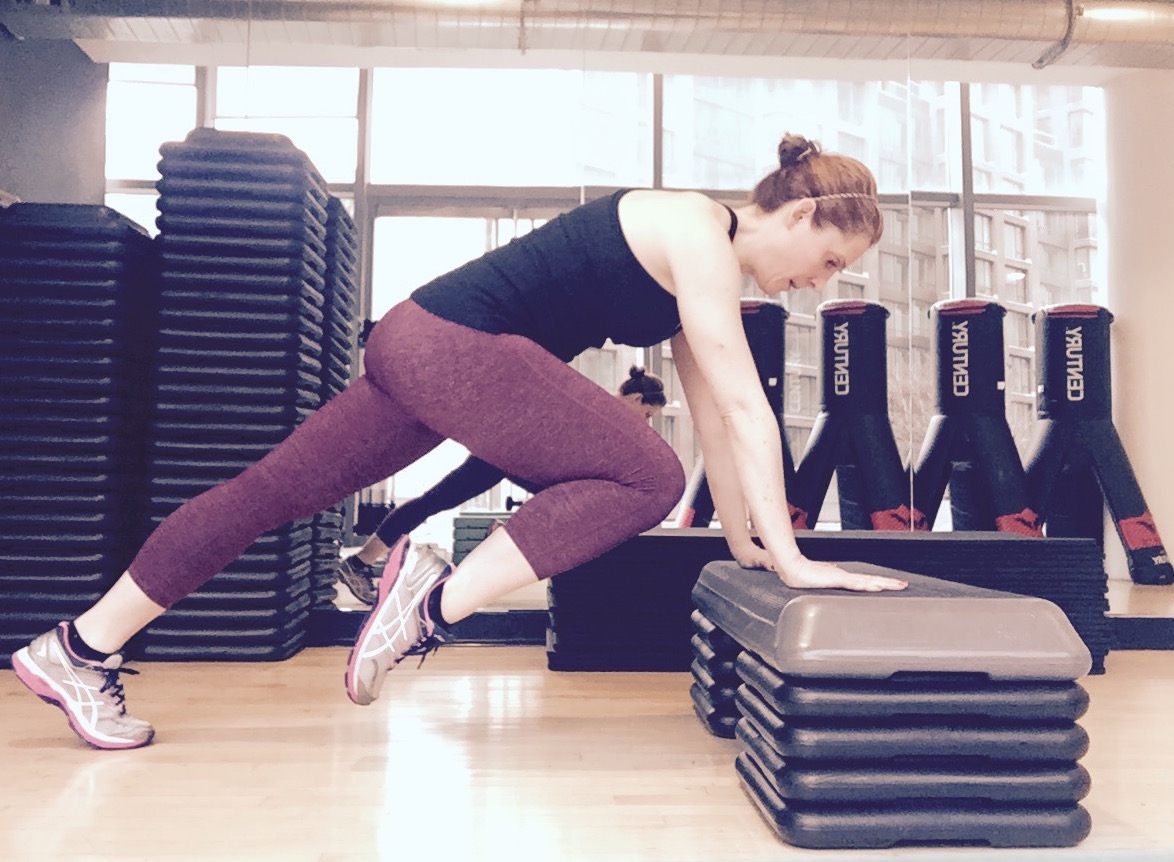
The Wrong Way
When your pelvis moves up and down as you bring your knee alternately in and out, you are doing this exercise incorrectly. In essence, you are cheating the recruitment not only of your core, but also the isometric training of your chest and shoulders.
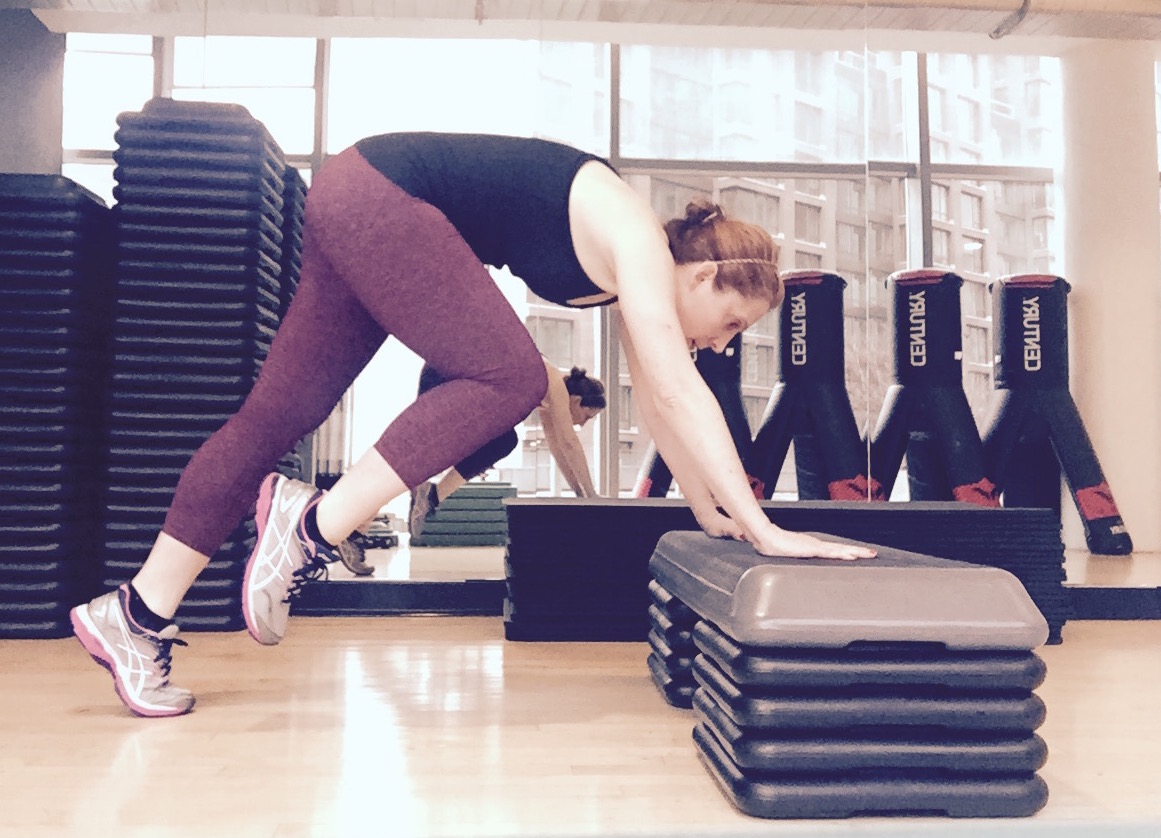
Triceps Dips
The Right Way
Place your hands on a bench with your fingers facing forward in line with your body and your feet planted solidly on the floor. Your knees can be slightly bent. Slide your pelvis forward, maintaining a perpendicular arm position with the upper arm and bench. When you flex your elbow, make sure it points back from you, parallel to your body. When you extend the elbow contracting the triceps, keep the shoulders retracted down and the pelvis goes along for the ride.
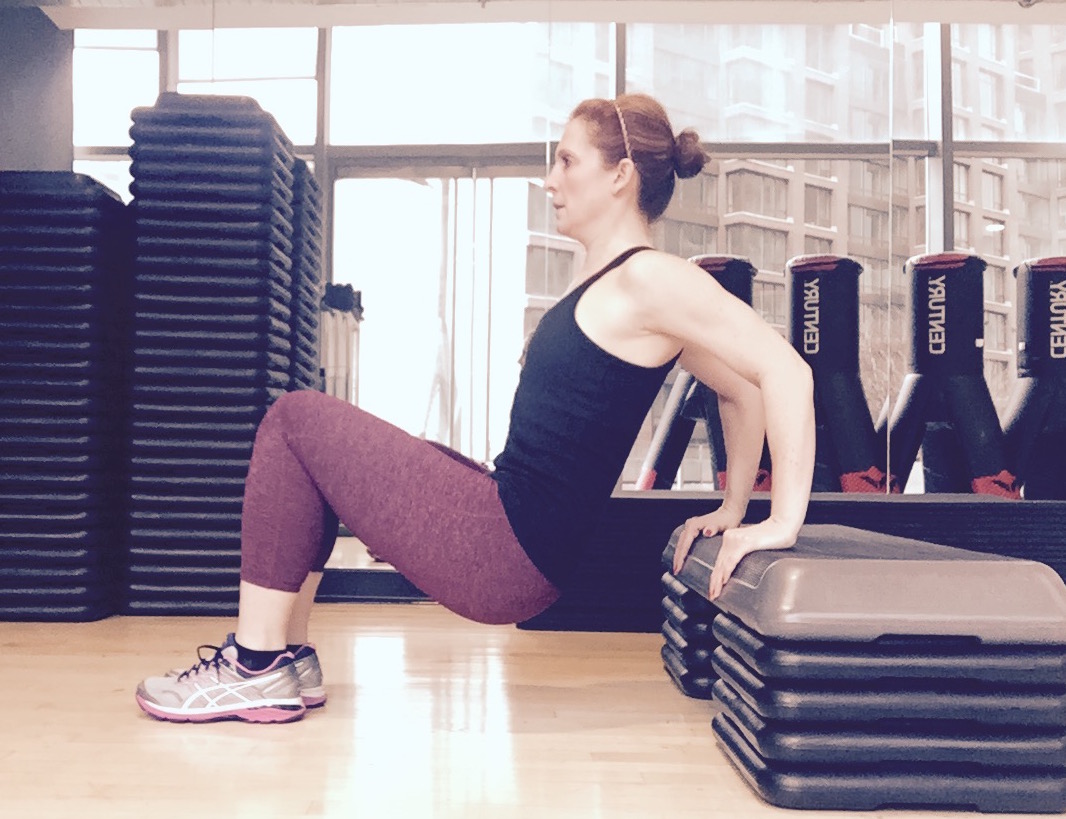
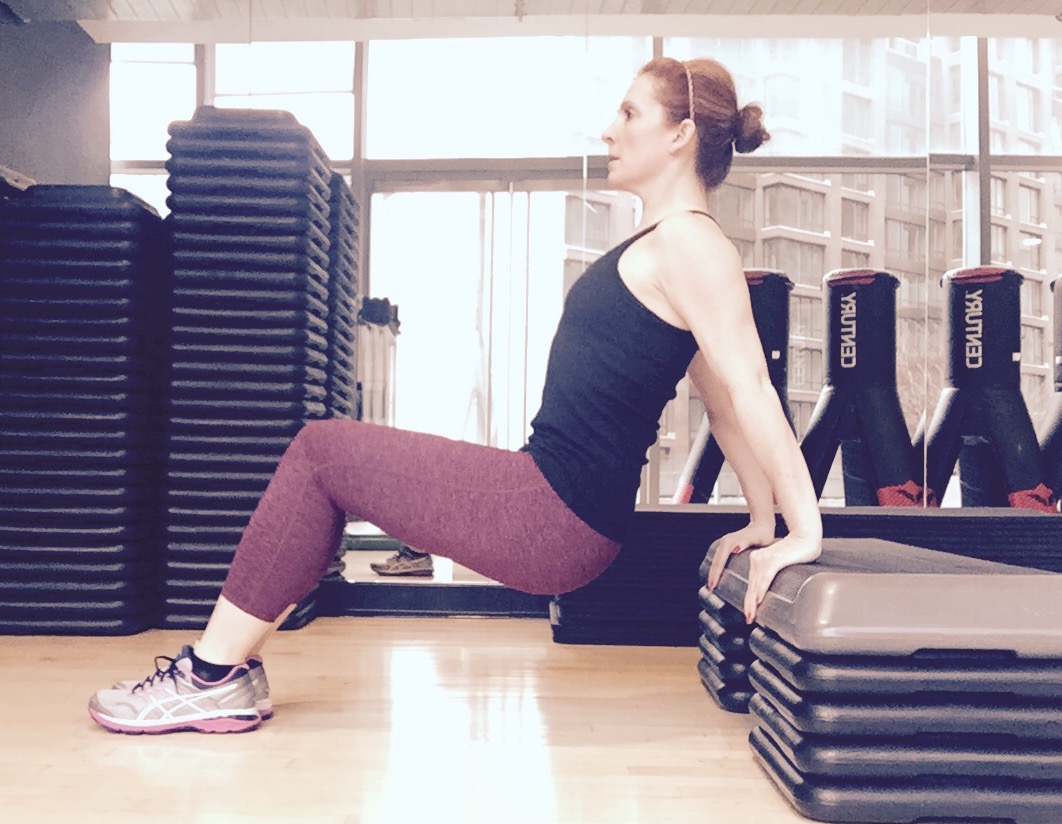
The Wrong Way
If your hands are facing out, you put an unnecessary strain on the wrist joints and will not be able to fully realize the dip’s range of motion. If your elbows point out to the sides instead of straight back, you are stressing the chest and collapsing through the deltoids, thereby eliminating any targeting of the triceps.
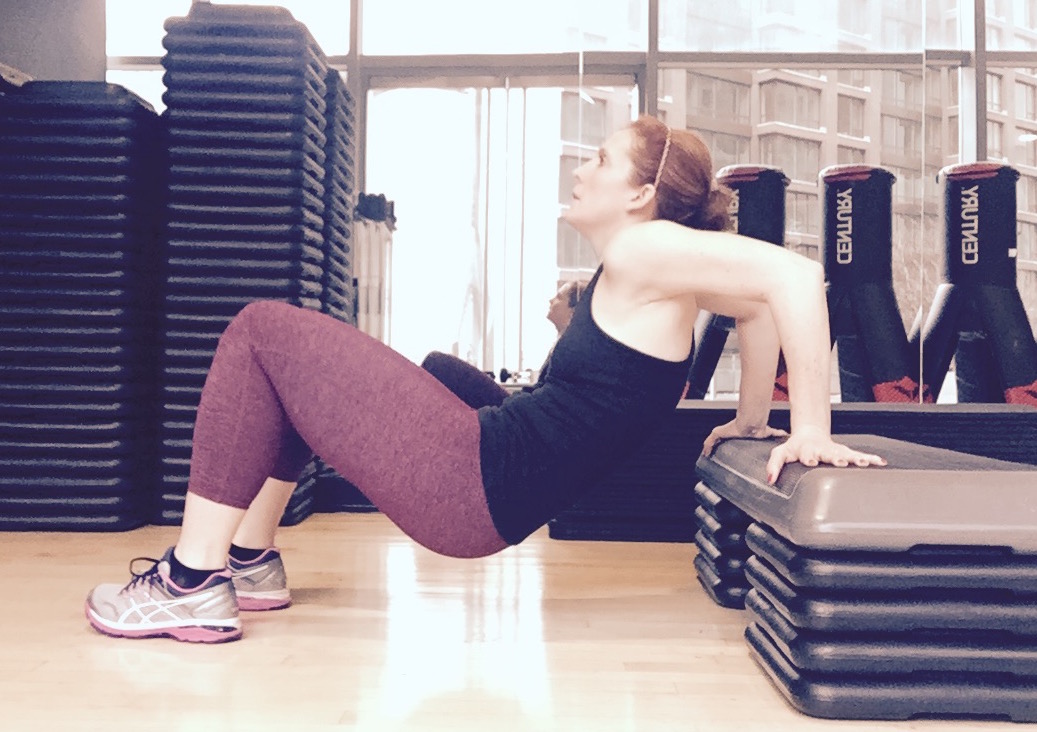
Standing Shoulder Press
The Right Way
When doing a shoulder press, stand with your feet shoulder width apart and knees slightly bent. Elbows should be perpendicular to your torso and your trapezius should be down. Bring your shoulders away from your ears. On the extension of the arms, the weights make a tiny curve in, meeting at the top. This is to create symmetry of both arms, even if one side is slightly stronger that the other. Avoid arching your back as you push up, and engage your core to keep the majority of the work in your shoulders.
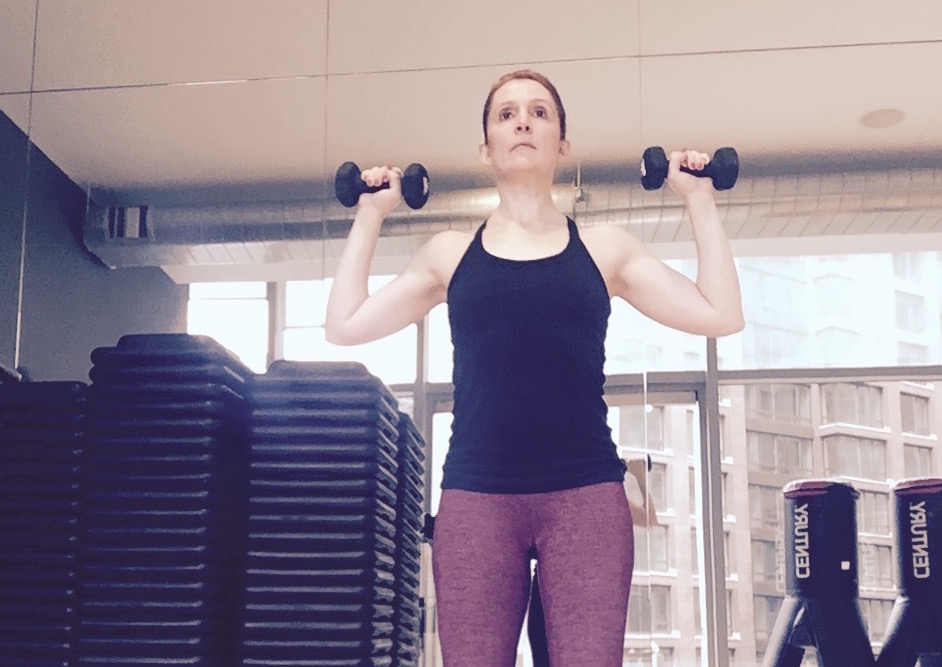
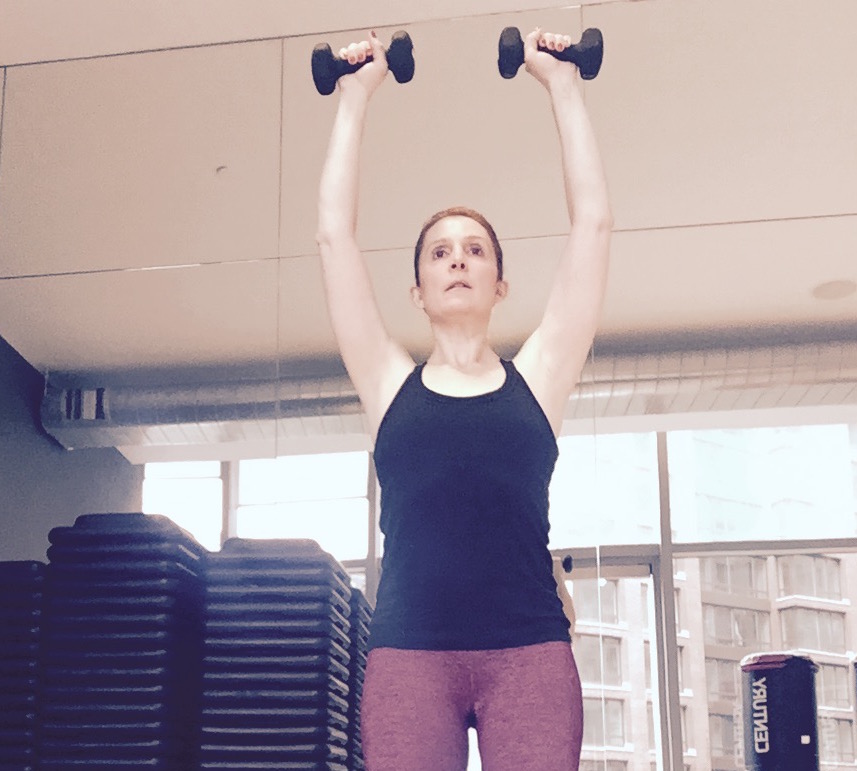
The Wrong Way
If you are standing with your feet too close together and your legs locked, you risk injury to the lower back when you press the weights overhead. The lumbar spine is supposed to have a curve, but leaning back strains the lower back and does not maximize the efficiency of the exercise by working the deltoids.
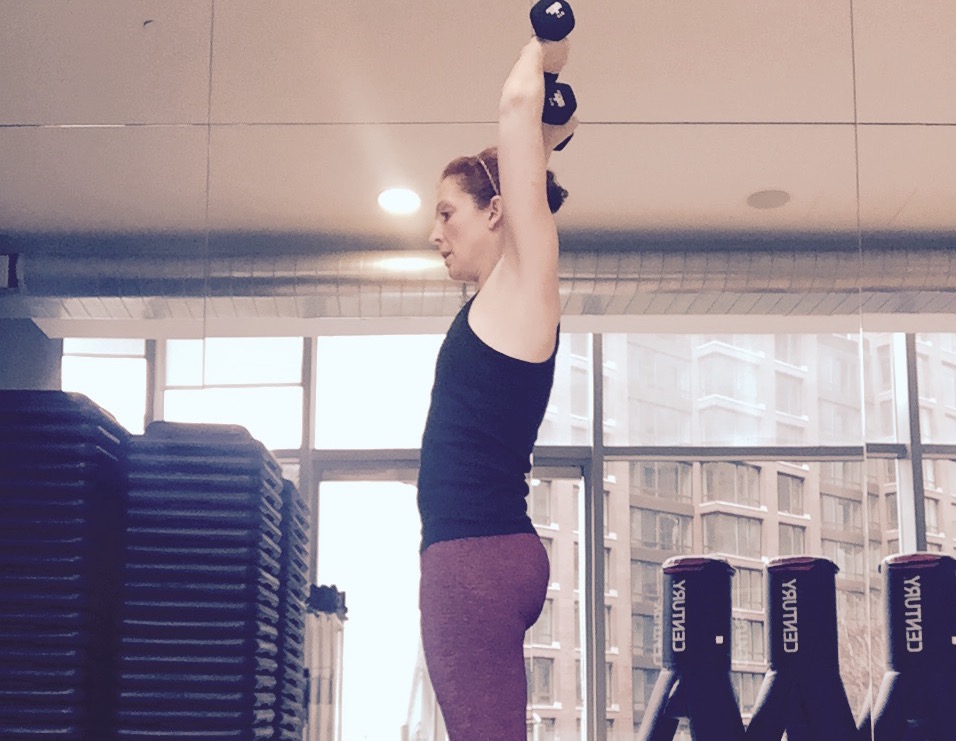
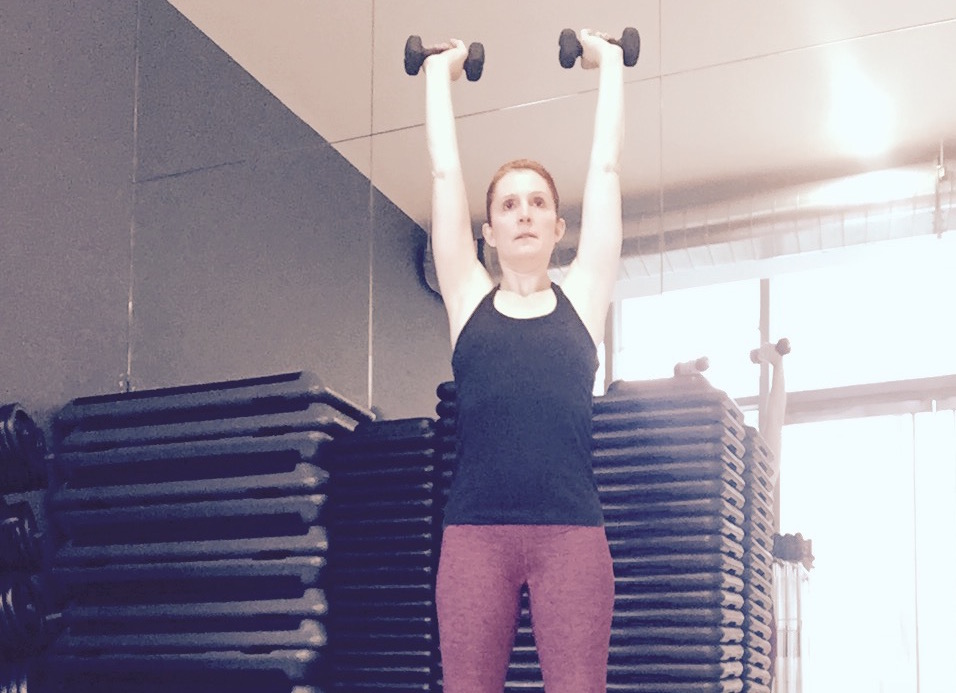
Bicep Curls
The Right Way
Allow the weights in each hand to hang down by your sides with fully lengthened arms. Lift one weight up toward the shoulder and then the other. Keep the elbow next to the side throughout the movement and focus your attention on contracting the bicep. Do not move the forearm at all.

The Wrong Way
Swinging the weights up and down creates momentum that not only reduces the function of the bicep’s contraction, but also puts unnecessary stress on the lower back by throwing the weights up and down repeatedly. Don’t swing your dumbbells—lift your weights.
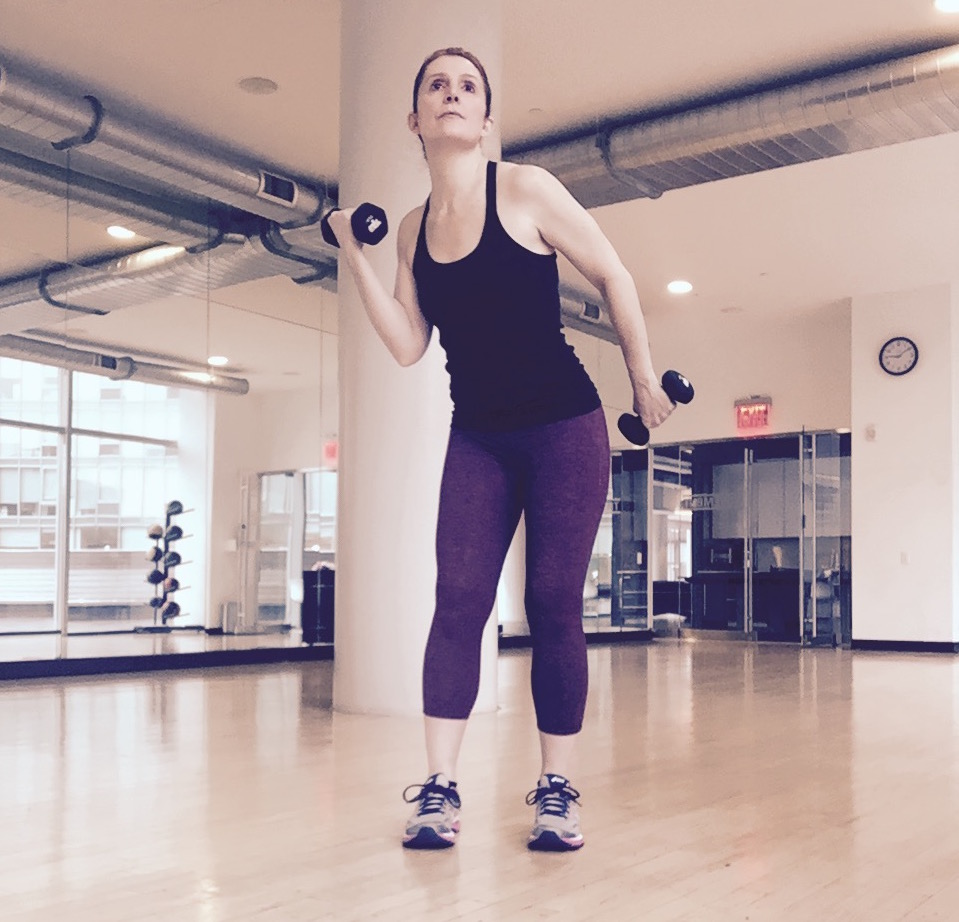
Don’t let improper form cause an injury that could leave you sidelined. Focusing on mobility and movement first sets a foundation upon which a successful workout future can be built!





